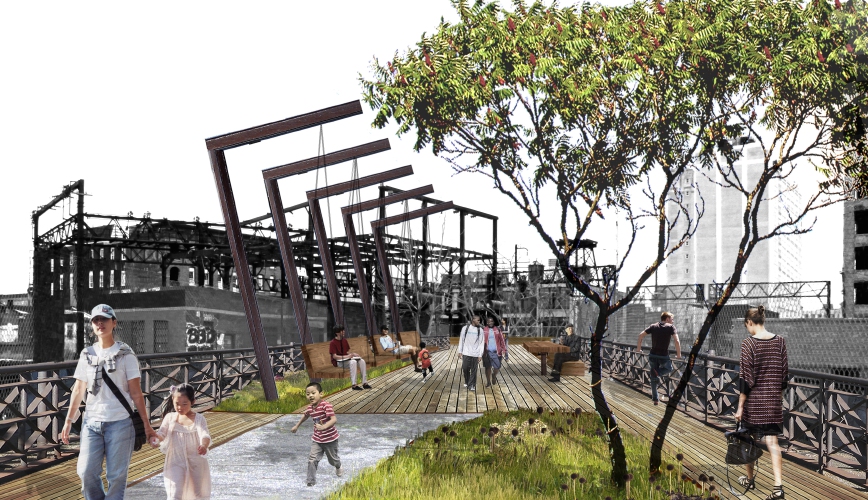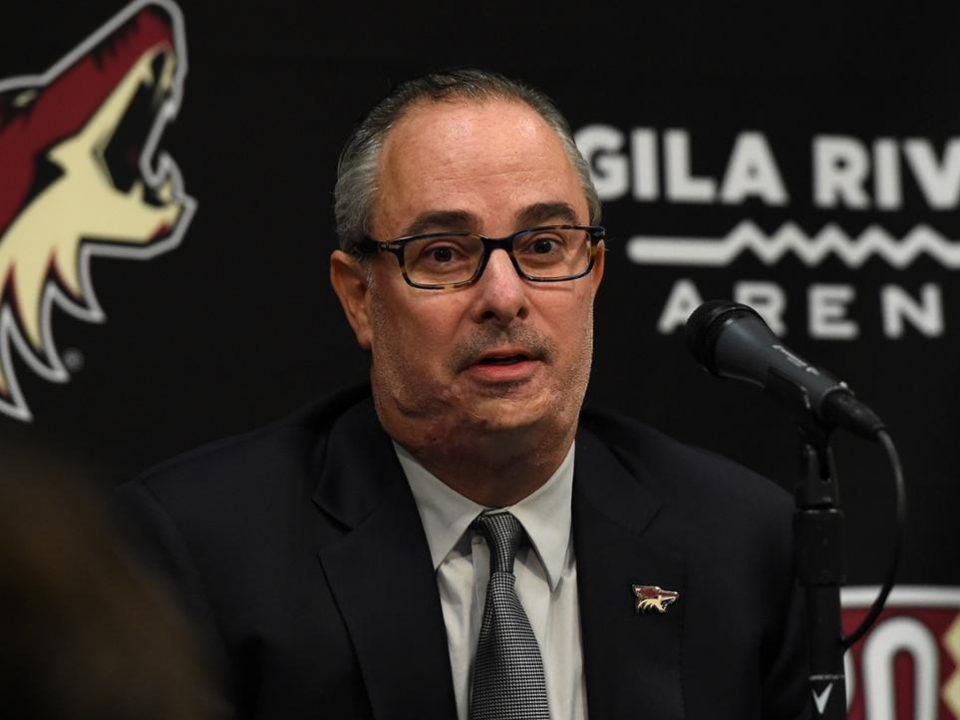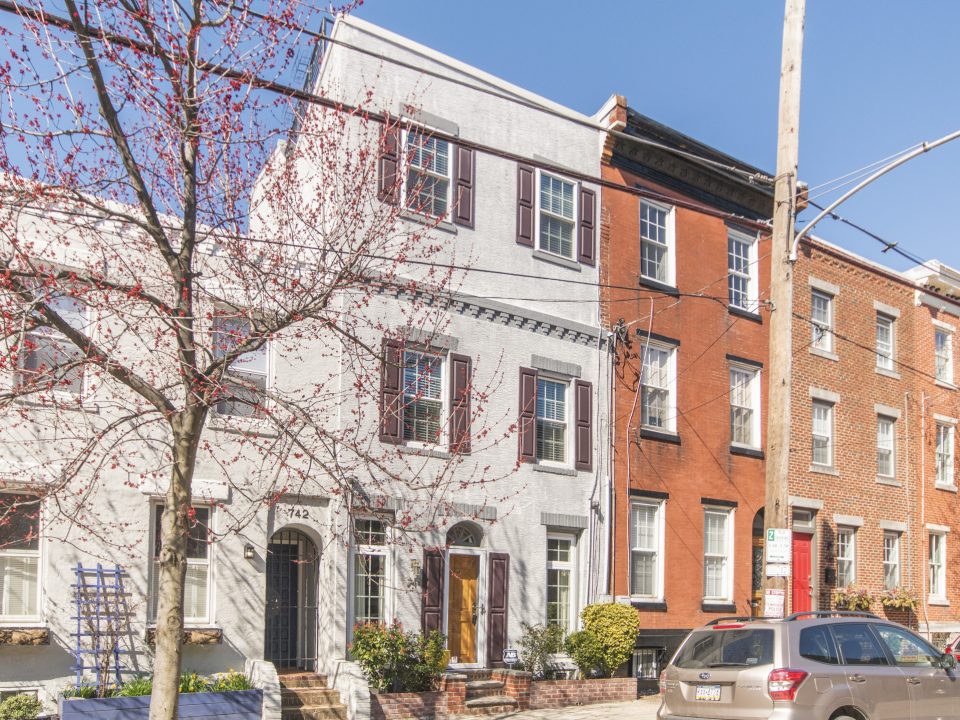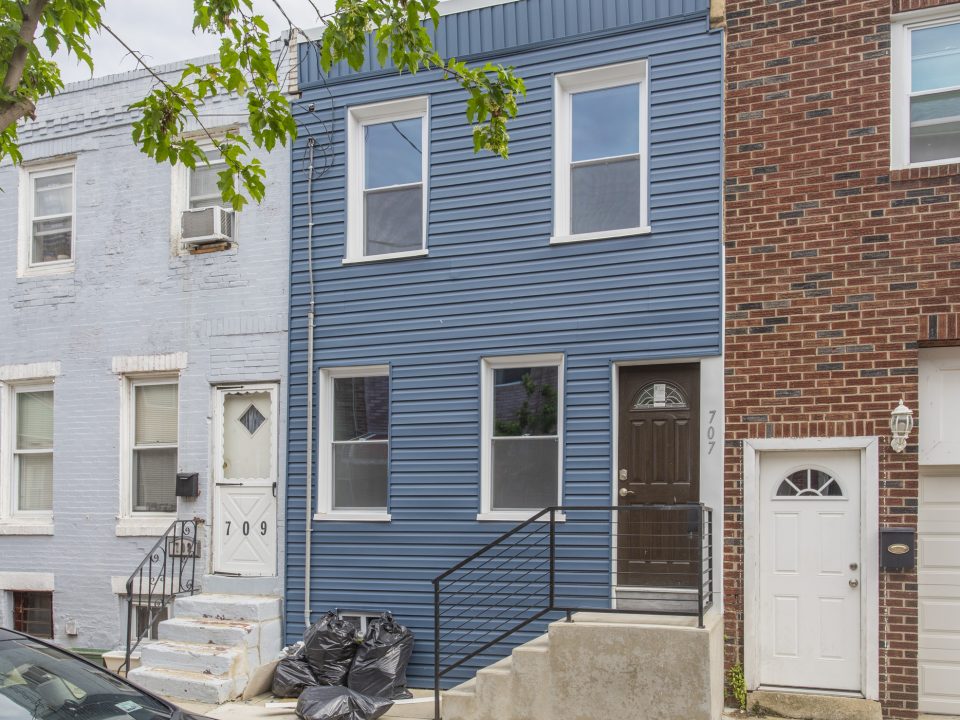City to Start Construction on Viaduct Rail Park

The City of Brotherly Love has been talking about building an elevated park over the abandoned rail line that was the Reading Railroad for about ten years – long enough that people who live in the area were starting to wonder if it was merely a myth. And yet, after much talking, the city is putting its money where its mouth is. Last month Philadelphia broke ground on what will eventually be the first segment of Viaduct Rail Park, Pennsylvania’s answer to New York City’s High Line.

The end product of Viaduct Rail Park is shown in this rendering by Studio Bryan Hanes.
Governor Tom Wolf announced in September that there was a $3.5 million grant for the park’s construction, an amount that allowed construction to finally get underway. Additional funds for the $10.3 million project will be sourced from city coffers, foundations, and donations. The Rail Park is planned to eventually span three miles through the center of Philadelphia, through ten different neighborhoods and passing landmarks like the Philadelphia Museum of Art and the Community College of Philadelphia. It will utilize “former Reading Railroad tunnels, rail cuts below street level and elevated platforms,” according to the Concord Monitor. For now, however, only a quarter-mile extent of the viaduct has funding to date. It will start in the post-industrial neighborhood of Callowhill.
Philadelphia’s Chinatown is a few blocks south of where the park will begin, and, according to the Monitor, some community leaders feel as though they have been shut out of the process. Sarah Yeung, the Philadelphia Chinatown Development Corporation’s director of planning, says that while public space is at a premium and she recognizes that the park will accommodate that, residents of Chinatown also need affordable housing… something that might be harder to come by once the park is built and area rents go up accordingly.
The Rail Park is set to be a less-glitzy version of the High Line, which runs through 22 blocks of Manhattan’s West Side. Along the park’s route luxury condos, boutiques, and eateries have popped up. While not on the same scale, city planners are anticipating a similar transformation along the Rail Park when it is completed.



